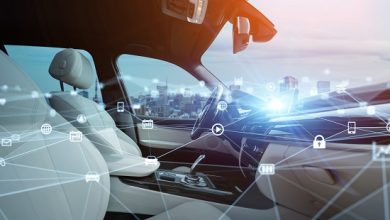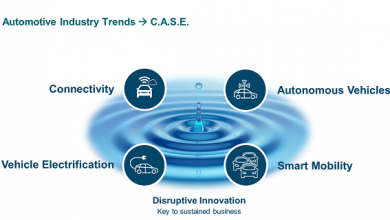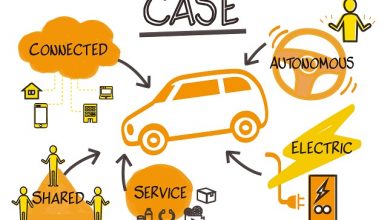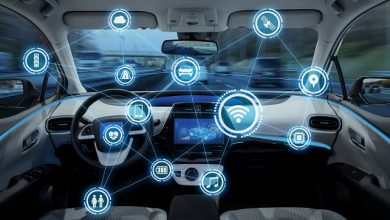How Connected Mobility Is Driving The Future Of Cars
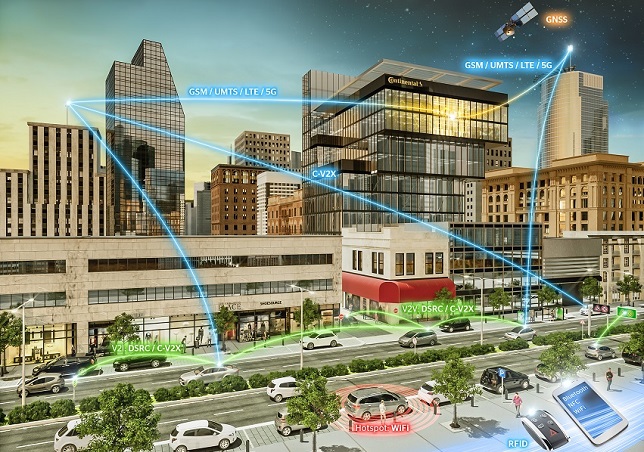
Over the last decade, vehicles have evolved beyond being transportation modes. While some cars on the road today are capable of connecting with the environment around them, this number is growing at a rapid pace. According to few market reports, about 25 percent of the cars on the road across the world will be connected by 2025.
The vehicles of tomorrow will be constantly connected to the internet, and be autonomous, presenting a complex challenge to automakers today. Autonomous driving requires seamless and secure integration, both internally and externally – the vehicle needs to be able to communicate with the surrounding infrastructure and within itself, with minimal or zero inputs from the driver or the occupants. For that to happen, we need to set the stage today.
The vehicles of tomorrow will be an integral part of the internet, just as the mobile phone is today. In terms of function, this needs to be explored in three parts:
- How the vehicle interacts with the driver and the environment
- How the vehicle understands the needs of the driver and offers solutions
- How the systems are integrated within the vehicle for optimal functioning.
In other words, the functions fall under – Connect, Inform and Integrate.
Connectivity: The Vehicle, The Driver & The Environment
Connectivity is not merely about comfort and infotainment. It is also about safety and smart mobility. Connectivity is making our vehicles akin to personal devices. Some features of automotive connectivity integrate the smartphone into the vehicle.
One example is CoSmA with Ultra-Wideband technology, which has already proven its success in 5G and Vehicle-to-Everything (V2X).
CoSmA makes the smartphone a digital vehicle key, effectively replacing conventional key fobs. It allows the user to access, unlock and start the car using his or her smartphone. The onboard architecture of the CoSmA solution also features a central electronic computer unit with a state-of-the-art secure element as certified secure storage for any digital vehicle key application. The vehicle owner can generate and manage multiple digital keys and share them with friends or family.
As soon as the position of the authorized smartphone is precisely determined, the system allows the vehicle to be unlocked and the engine to be started without having to interact with the smartphone. As soon as authentication is provided by the backend key management system in the Continental.cloud, access to the vehicle is granted.
Smart Mobility
Access to navigation systems and a wealth of data has enabled a much smarter system of mobility. Smart Mobility includes the collection of data and using the information to provide valuable insights and recommendations to the driver and the vehicle. The kind of data collected and analyzed is also critical for safety. B2B logistics is a good example of the benefits of smart mobility. Fleet Management solutions that focus on driver & vehicle safety, maintenance, emissions, and other diagnostics have been deployed across the world.
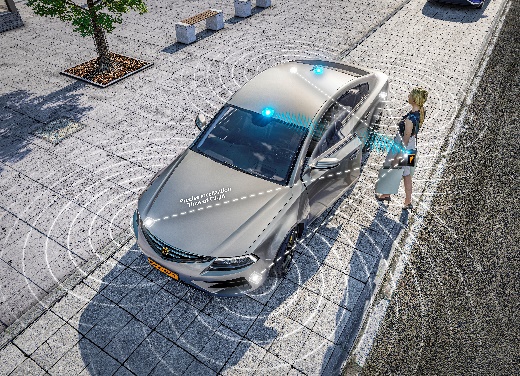
As the infrastructure gets better, there are further possibilities in this domain, ensuring greater efficiency and safety. To enable this, we need a vast amount of software that helps the various components work seamlessly.
Software is the oxygen of the automotive industry today. A vehicle in 2021 has over a hundred million lines of code, which will only increase as the vehicle architecture gets more complex. A vehicle collects information from sensors to provide data regarding traffic, road conditions, and other disruptions. It collects data from the environment and shares information back with the infrastructure.
As the quantum of such communication exchange increases, the number of components also increases. The amount of data produced also multiplies exponentially. Naturally, this requires high computing power to ensure optimal and seamless performance.
High Performance Computers (HPCs) are critical to meet the technical demands of the vehicle. HPCs can single-handedly do the work of multiple independent control systems, which otherwise required several processing units and added complexities, thus paving the way for the future of vehicle connectivity.
The HPC acts as the ‘electronic brain’ in a vehicle – enhancing connectivity and the benefits achieved in safety, information, and seamless mobility. The vehicle becomes much like a smartphone – wherein the user can easily install and update apps and other services. It also allows the user to update the software, installs new software, or driving functions Over-The-Air (OTA) without having to visit a workshop.
HPCs also have the added benefits for OEMs, making product recalls that occur due to software errors redundant. Additionally, HPCs also help in providing a holistic user experience, wherein infotainment solutions can be integrated into the computer.
Connectivity: User Experience
User Experience – a term previously used in consumer electronics, mobile apps, and websites – has now become a commonplace term in automotive as well. UX, as it is commonly referred to, is a critical factor in the customer’s decision-making process.
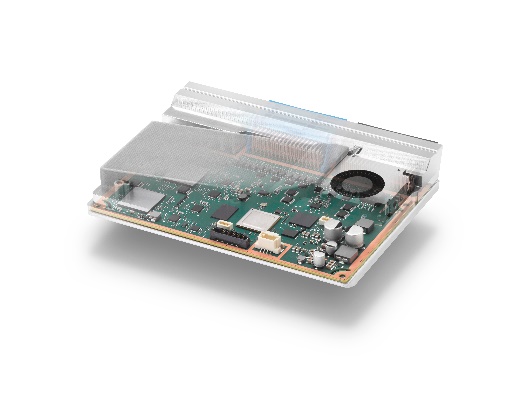
In the automotive sector, however, UX is not limited to the luxury aspects of the car. The entry of the internet into the vehicle has made it imperative to have a high-quality, digital, interactive user experience.
With connectivity entering the vehicle, the traditional interior of the car is undergoing a sea of change. Conventional displays and control systems are replaced with digital systems that handle more complex tasks. These are Human-Machine Interfaces that are interconnected and can facilitate better dialogue and information exchanges between the driver and the vehicle, making the driving experience less stressful and more enjoyable.
A simple example of this is the Natural 3D Lightfield Display, which allows all passengers in the vehicle to enjoy a 3D experience without requiring special glasses or head tracker cameras. This is a part of a range of HMI solutions that aim at making the overall driving experience better.
The display covers the entire cockpit, which can be changed according to the driving mode. If the driver is using the manual driving mode, the screen will showcase only relevant information such as speed or navigation data. However, if the driver is in the automated driving mode, the screen changes to infotainment mode, which can be operated via touch, and the content is aligned to the user’s preferences.
Connectivity & Safety
Many of the features mentioned above have critical safety functions as well. Even as customers in India demand more luxury and connectivity features, there is also a conscious ask about safety features. As we move closer towards automation and autonomous mobility, we also need to look closer at how connectivity can enable safety.
The goal is Vision Zero – a future with zero fatalities, zero injuries, zero crashes. This is possible only with a holistic approach encompassing active and passive safety systems. This approach requires us to consider how we can collect and analyze safety-related data, and how this can be communicated to the driver and the vehicle’s systems to prevent accidents and enhance safety.
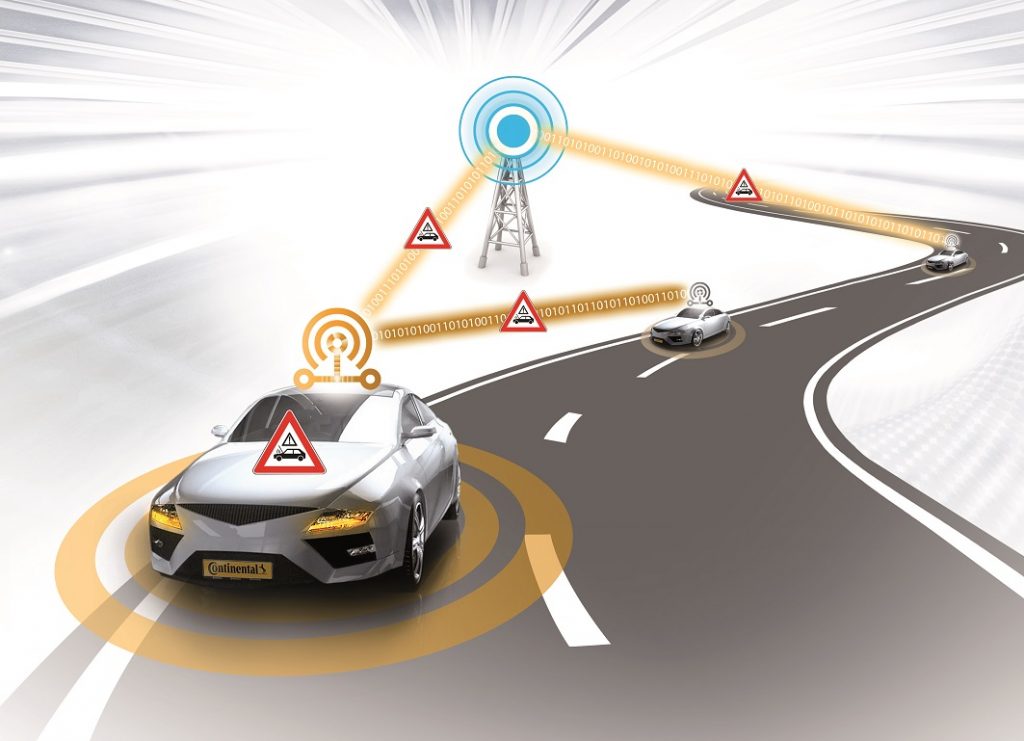
E-horizon is a great example of how we can achieve this, in conjunction with other technologies. eHorizon is an intelligent digital map that allows vehicles to see objects that are beyond the driver’s sight. Data is collected through vehicle sensors and stored in the in-vehicle database. E-horizon uses the cloud to process all data from multiple databases that are collected from a large group of vehicles.
Processing of this data is carried out with the support of Artificial Intelligence in combination with other technologies, increasing prediction reliability. eHorizon can be coupled with many technologies. For instance, in The Road Condition Observer, which also uses Electronic Stability Control (ESC) and camera systems, to classify the road conditions as dry, wet, very wet (risk of aquaplaning), snow-covered or icy. Here, eHorizon processes the data collected from the entire vehicle fleet with the aid of Artificial Intelligence and other technologies, which again increases the reliability of these predictions.
Connectivity & The Future
The features mentioned above require a change in vehicle architecture. Various components, functions, and services need to be integrated into the vehicle, also keeping in mind an optimal price point.
With the arrival of 5G technology, we can see a boost in Vehicle to Everything (V2X) communication. Vehicles can communicate with each other and the infrastructure. And much of this will be required to take place in real-time, regardless of the presence of internet connectivity, to ensure a safer driving experience. However, connectivity can pose a challenge in remote areas. In such cases, Cellular-V2X allows an exchange of time-sensitive and safety-critical information, for example – about warnings of potentially hazardous situations, even in areas without mobile network coverage.
HPCs form the cornerstone of this future, moving away from distributed to server-based E/E architecture. This gives the vehicles the ability to process multiple terabytes of data and share information almost instantaneously.
Connectivity’s Potential
Connectivity is an integral part of future mobility. It has opened doors for smart, convenient, and autonomous mobility, and is enabling a safer mode of transportation with a richer user experience. Thanks to connected technologies, vehicles are becoming computers on wheels, making the driving experience more enjoyable and safer. However, technology can truly be effective when it is made accessible to all, and this is one of the key challenges faced by the automotive industry: How do we make technology accessible to all?
Author:

Harikrishna Khandavilli
R&D & Location Head
Connected Car and Networking (CCN) business unit & Vehicle Networking and Information (VNI) Central Engineering
Continental Automotive India
Harikrishna comes with nearly two decades of experience in MNCs & Startup arenas, holding various leadership roles in the automotive domain. He has been part of the Continental team since 2009, responsible for the growth of CCN (formerly Body & Security) business unit (BU) to many folds. He started engineering practices for the business unit with a small team of engineers. Today, the BU is supported by over 550 engineers, working on high-level projects for global and domestic market needs.
Published in Telematics Wire

